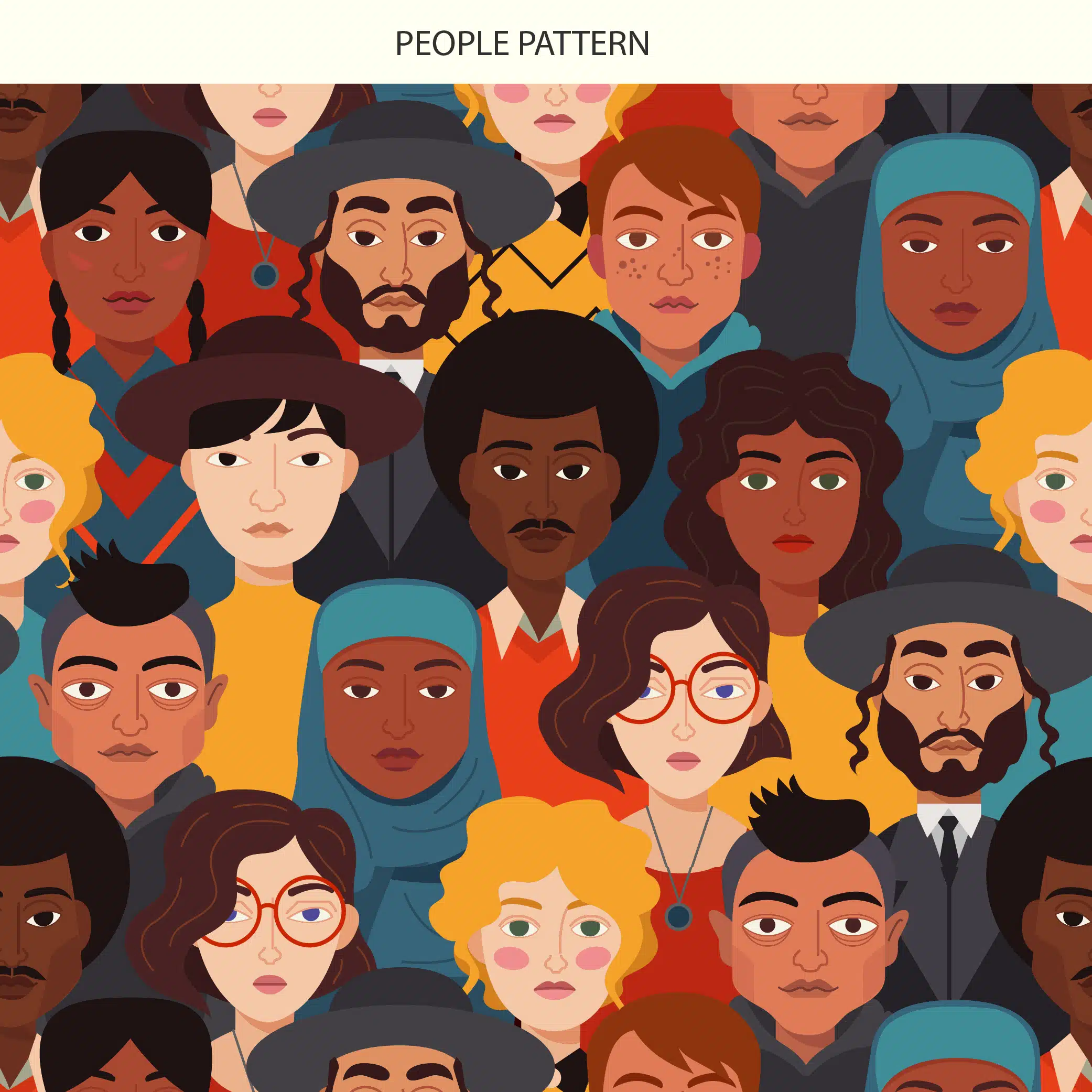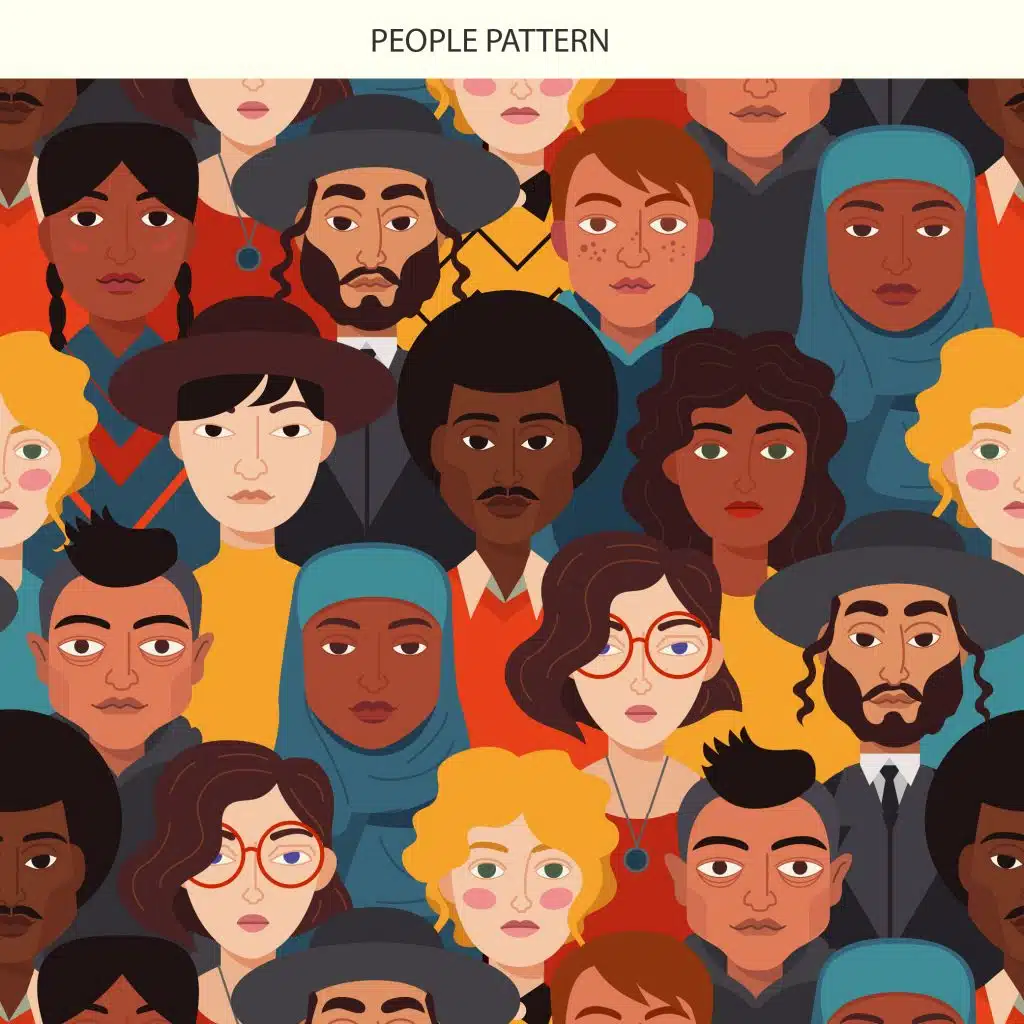
- March 2, 2023
- R. Couri Hay
- 0

Diversity and inclusion have become increasingly important today, and the field of public relations is no exception. Diversity in public relations has become a major topic of discussion recently as organizations recognize the importance of reflecting on the diverse communities they serve. In this blog, we’ll explore why diversity in public relations is important and how organizations can work toward building a more diverse and inclusive industry.
Importance of Diversity in Public Relations
1) Representation Matters – Representation matters and PR professionals must reflect the diverse communities they serve. To effectively connect with and represent the needs and perspectives of various stakeholders, including clients, media, and the public, PR professionals must reflect the diversity of those communities. When a company’s PR team comprises people with diverse backgrounds, experiences, and perspectives, they can better communicate and connect with a wider range of people.
2) Improved Communication – Effective communication is at the core of PR, and diversity can improve the quality of communication. Diverse perspectives and experiences bring new ideas and approaches to problem-solving, resulting in better communication strategies that are more likely to resonate with a diverse audience. By incorporating a variety of perspectives and experiences, PR professionals can create more nuanced and inclusive messaging that speaks to a wider range of people.
3) Increased Innovation – Diversity in PR can also lead to increased innovation. When people with different backgrounds, experiences, and perspectives come together to solve a problem, they bring unique ideas and solutions. This can lead to more innovative and creative solutions that may have been impossible with a less diverse team.
4) Better Engagement with Communities – Diversity in PR can also help build stronger relationships with their communities. By reflecting on and representing the diversity of those communities, PR professionals can better understand their needs and perspectives. This can lead to more effective communication strategies and meaningful engagement with these communities.
5) Improved Reputation – Having a diverse PR team can also improve a company’s reputation. A diverse team communicates to stakeholders that the company is committed to equality, inclusion, and valuing diversity. This can build a positive reputation and increase trust and credibility with various stakeholders.
6) Competitive Advantage – Finally, diversity in PR can give companies a competitive advantage. Consumers increasingly seek brands committed to diversity and inclusion in today’s diverse world. Companies can attract more diverse customers and stand out in a crowded marketplace by having a diverse PR team and communicating that commitment to the public.
Diversity and Inclusion in Public Relations
Diversity and inclusion pair together, and both are critical in building a more representative and effective public relations industry. Diversity refers to individuals’ backgrounds, experiences, and identities. Contrarily, inclusion aims to create a setting where everyone feels appreciated, respected, and supported. It’s about creating a culture that celebrates diversity and recognizes the unique strengths that each individual brings to the team.
To achieve diversity and inclusion in public relations, organizations must first acknowledge the current lack of representation and take concrete steps toward building a more diverse workforce. This can include revising recruitment practices to reach a wider pool of candidates, offering training and development programs to support diverse talent, and creating an inclusive culture that celebrates diversity.
Organizations must also intentionally create opportunities for underrepresented groups to advance and take on leadership roles. This means providing mentorship, sponsorship, and other forms of support that can help individuals overcome systemic barriers and achieve their full potential.
In addition to building a more diverse and inclusive workforce, organizations must also be mindful of how they communicate with various stakeholders. This means being sensitive to different communities’ unique needs and perspectives and ensuring that communications are culturally relevant and accessible.
Diversity in PR: Best Practices
Here are some best practices for building a more diverse and inclusive public relations industry:
Revise Recruitment Practices
One of the biggest obstacles to building a more diverse PR industry is the need for more representation in the talent pool. To overcome this, organizations must revise their recruitment practices to reach a more diverse pool of candidates. This can include revising job descriptions to be more inclusive, creating partnerships with diverse organizations, and offering internships and apprenticeships to underrepresented groups.
In addition, organizations must ensure that their recruitment process is free from bias and discrimination. This can include using blind resumes, creating diverse interview panels, and providing unconscious bias training to hiring professionals.
Offer Diversity Training and Development
Once diverse talent has been recruited, organizations must offer training and development programs that support their growth and advancement. This can include mentorship, coaching, and leadership development programs. By investing in developing diverse talent, organizations can ensure everyone can reach their full potential.
Foster an Inclusive Culture
Creating a culture that celebrates diversity and recognizes the unique strengths that each individual brings to the team is critical in building a more diverse and inclusive PR industry. This can include regular communication about the importance of diversity and inclusion, celebrating diversity in the workplace, and providing opportunities for employees to share their unique perspectives and experiences.
In addition, organizations must be mindful of how they communicate with various stakeholders. This means being sensitive to different communities’ unique needs and perspectives and ensuring that communications are culturally relevant and accessible.
Build Diverse Partnerships
Building diverse partnerships is another important way to build a more diverse PR industry. This can include partnering with diverse organizations, such as community groups, professional associations, and advocacy groups. By building relationships with diverse organizations, PR professionals can gain a deeper understanding of the needs and perspectives of various communities and develop more effective communication strategies.
Evaluate and Review Progress
Finally, organizations must regularly evaluate their progress toward building a more diverse and inclusive PR industry. This can include tracking diversity metrics, such as representing underrepresented groups in the workforce and leadership positions and measuring employee engagement and satisfaction. By regularly evaluating and reviewing progress, organizations can identify areas for improvement and ensure they are on track to achieving their diversity and inclusion goals.
In conclusion, diversity in PR is critical for building effective relationships with the diverse communities PR professionals serve. By reflecting on and representing the diversity of those communities, PR professionals can improve communication, increase innovation, better engage with communities, improve reputation, and gain a competitive advantage. As the world’s population continues to diversify, it’s essential that the PR industry embraces diversity and works to build a more inclusive and equitable world.
R. Couri Hay is a prominent public relations expert who has long been a champion of diversity in the field. He recognizes that having a diverse team of various backgrounds, experiences, and individuals brings numerous benefits to any PR agency or organization. A diverse team allows various perspectives and experiences to be brought to the table, leading to more creative and effective solutions to problems. Additionally, a diverse team can help build stronger relationships with a wider range of clients and stakeholders and better understand the needs and concerns of different communities. By actively promoting diversity and inclusion in his work, R. Couri Hay is doing the right thing and reaping the rewards of a more successful and dynamic PR practice.

